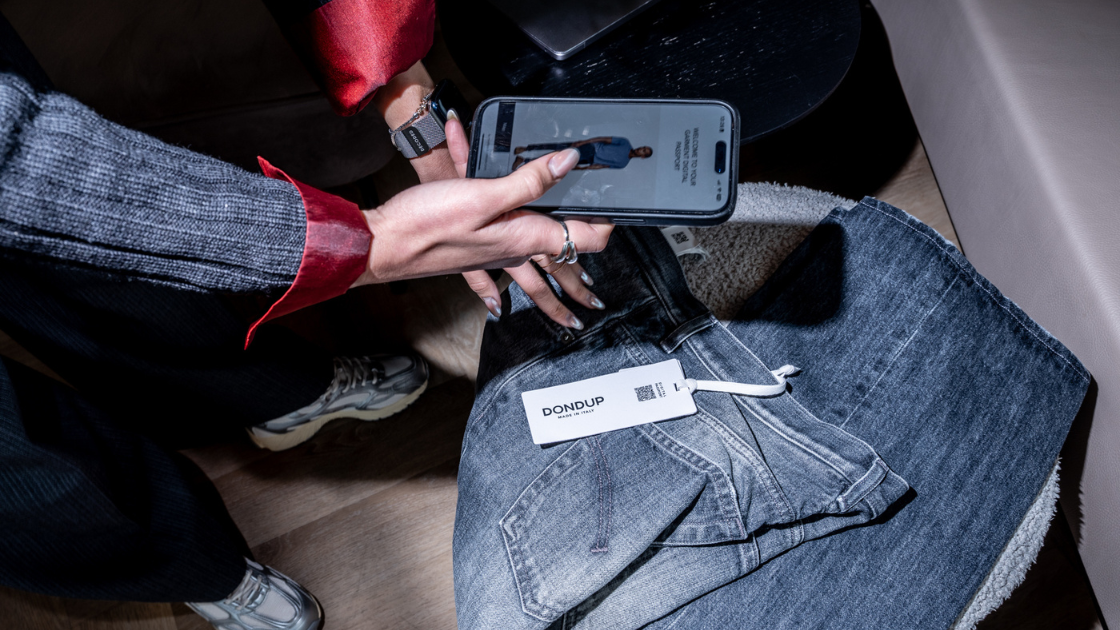With over 16 new regulations on the horizon, primarily from the European Union, the fashion and textile sector is under increasing pressure to adapt quickly and ensure compliance in every aspect of its operations. This challenge is amplified by the industry's complex global supply chains, varied product ranges, and constantly changing consumer expectations, making compliance a particularly challenging task.
With regulations being varied and more demanding over time, companies are now on the hunt for tools that make it easier to adapt their processes to the new rules. New solutions that are specifically tailored for the fashion and textile industry, offer tools to automate and streamline compliance processes. This article explores how compliance software can help brands stay ahead of regulatory changes and what's the best way to choose one for your company.
The Rising Importance of Compliance in Fashion and Textiles
Recent updates to EU regulations for the textile and fashion industry, particularly the Ecodesign for Sustainable Products Regulation (ESPR), emphasize the critical need for companies to implement strong compliance strategies. New regulations are focusing on sustainability, transparency, and circularity, demanding more from companies than ever before. Key areas include:
Mandatory Ecodesign Requirements: Aimed at improving the durability, recyclability, and environmental footprint of textile products.
Digital Product Passports: These will aggregate and display detailed information about a product’s composition, origins, and recyclability, ensuring transparency across the supply chain.
Enhanced Reporting Obligations: Companies are now required to provide more detailed reporting on their sustainability practices and the impact of their supply chain.
For companies, these changes mean that compliance is not only about avoiding fines; it's also about meeting market expectations and building a long-lasting brand image. Compliance automation software solutions will play a critical role in helping businesses adapt to these evolving demands.
What is a Compliance Software?
Compliance software is a digital solution that helps companies or organizations ensure they meet specific ethical, environmental, and regulatory standards in their operations and supply chains.
These software solutions can help fashion companies track and report their environmental performance, create and manage digital product passposts, and ensure that all stages of the supply chain align with the EU’s goals for circular economy and resource efficiency.
By using compliance software, fashion brands can not only meet the new legal obligations but also gain a competitive edge in the market by offering products that are aligned with consumer demand for greater transparency.
Why Fashion and Textile Companies need Compliance Solutions
As the European Union establishes new regulations for the Fashion and Textile industry, particularly under the Ecodesign for Sustainable Products Regulation (ESPR), it does not provide the tools needed for companies to comply. Therefore, brands are advised to work with third-party solution providers to develop the processes and infrastructure required for compliance.
With EU regulations becoming increasingly complex, manual management becomes inefficient and susceptible to costly errors. Compliance software helps overcome these challenges by automating repetitive tasks, generating required documentation, and offering real-time updates on regulatory changes.
Key Benefits of Compliance Software
Enhanced Supply Chain Transparency: As the EU pushes for greater supply chain transparency, particularly with the introduction of Digital Product Passports, compliance software can help companies gather, manage, and report the required information seamlessly. This includes tracking materials, monitoring supplier certifications, and ensuring that all aspects of production meet regulatory requirements.
Sustainability Tracking and Reporting: Compliance software can automate the tracking of sustainability metrics, making it easier for companies to comply with new regulations that require detailed reporting on environmental impacts, such as carbon emissions and water usage. This not only helps in meeting compliance but also supports companies in achieving their sustainability goals.
Risk Reduction and Cost Savings: By automating compliance tasks, businesses can significantly reduce the risk of non-compliance, which can result in hefty fines and damage to brand reputation. Automated compliance software ensures accuracy in reporting and documentation, reducing the likelihood of errors that could lead to penalties.
Scalability and Flexibility: As new regulations continue to emerge, particularly from the EU, compliance software offers the flexibility to scale and adapt. Whether you’re a small business or a large multinational, compliance automation software can grow with your needs, ensuring you remain compliant regardless of changes in the regulatory landscape.
Proactive Compliance Management: With automated compliance software, companies can stay ahead of regulatory changes by receiving real-time alerts about updates in EU regulations. This proactive approach ensures that companies are always prepared to comply with the latest standards, such as those laid out in the EU’s new sustainability agenda for textiles.
How to Choose Your Compliance Software
As fashion and textile companies navigate this new era of transparency and responsibility, it is crucial for them to select the right solutions not only to ensure compliance but also to enhance their practices and establish themselves as resilient, forward-thinking brands in an evolving market.
Companies should prioritize compliance software specifically tailored to the fashion and textile industry, as these solutions are designed to address the unique challenges posed by the latest EU regulations.
Relying on generic compliance software may result in gaps or inefficiencies that could hinder a company's ability to fully comply with the regulations, potentially leading to costly mistakes, operational disruptions, and missed opportunities for improvement in sustainability and transparency.
By opting for industry-specific software, companies can receive more tailored guidance in their journey toward enhanced compliance and transparency, benefiting from the expertise of providers who understand their unique challenges and can offer targeted solutions. This approach allows businesses to better align their operations with regulatory requirements, streamline processes, and ultimately fortify their market position in an increasingly competitive and regulated landscape.
Key Features to Look for in Compliance Software
- Industry-Specific Focus: Choose software designed specifically for the fashion and textile industry, with features that directly address the latest EU regulatory requirements, such as digital product passports and sustainability tracking.
- User-Friendly Design: Opt for a simple solution with an intuitive interface that is easy for teams to navigate and use effectively, reducing the learning curve and enhancing productivity.
- Scalability and Adaptability: Ensure the software is scalable and adaptable, allowing your business to adjust as new regulations emerge, and maintain continuous compliance without disruptions.
- Expert Support and Guidance: Look for software that comes with access to a dedicated team of compliance experts who can provide guidance and support, helping you maximize the software’s potential and remain up-to-date with the latest industry standards.
Based on these key features, we have selected the most suitable solutions for fashion and textile in the article Tools for supply chain mapping, traceability and visibility in the fashion and textile industry: a list of solution providers and technologies.
Embracing the Future of Compliance in Fashion and Textiles
With the EU introducing new standards for sustainability and transparency in the textile industry, the role of compliance software is becoming increasingly critical. Companies that leverage these tools will be better equipped to manage the complexities of the regulatory environment, minimize the risk of non-compliance, and establish a strong reputation for sustainability and ethical practices.
Conclusion
Compliance is no longer just a legal obligation; it’s a crucial component of a successful business strategy in the fashion and textile industry. As the EU continues to push for more stringent regulations around sustainability and transparency, companies must equip themselves with the right tools to stay compliant. Compliance software offers a comprehensive solution, helping businesses streamline compliance processes, reduce risks, and ensure that they meet the latest standards.
Our compliance software is designed to support the unique needs of the fashion and textile industry, providing a tailored solution that keeps you ahead of regulatory changes. Book a demo with us today to learn more about how our solution can help your business navigate the new landscape of EU regulations and achieve long term success.







.png)
.png)


.png)




















.png)

.png)
.png)
.png)
.png)

.jpg)
.png)



.png)
.png)


.png)
.png)

.png)


